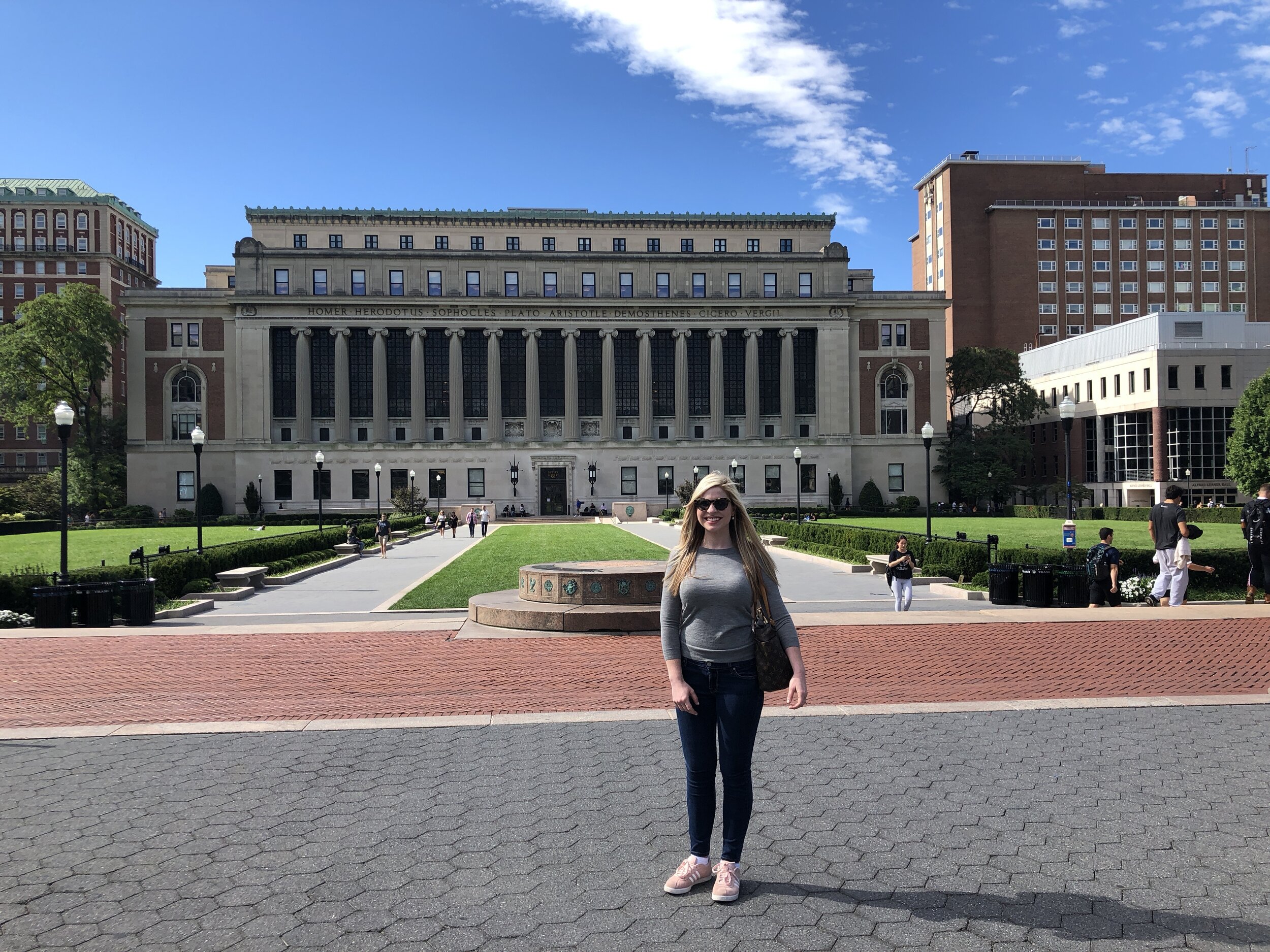For the final post of our General Education Curriculum Series, we’re tackling Brown University.
Why? Because Brown is the best example of the complete opposite approach to Columbia’s. At Brown, there is no such thing as a core class - they have an open curriculum, and students have a ton of freedom and flexibility. Forget a core curriculum, Brown doesn’t even have traditional “majors” - instead, students choose a “concentration” or “focus area” to anchor their undergraduate program.
During Brown’s “shopping period” at the start of the semester, students can try out classes that may interest them and discuss them with their peers, as well as academic advisors and faculty. Students may choose to create a liberal arts course of study that explores a variety of different subjects, or they may delve deeply into one or two - Brown puts the creation of the curriculum fully into the hands of students.
Okay, so what are the takeaways from this non-curriculum curriculum? Here are a few:
1. You’ve got options
Really, a lot of them. Want to explore ten different subjects before you choose your concentration? You got it. Know what you want to do and just ready to dive deeper? Go ahead. Brown’s open curriculum is student-centered, meaning that you are the one who decides how your college experience will look.
2. You need to be decisive
The flip side of all that choice is that there is no guidance laid out by the school as to what you should take. Particularly if you want to continue your education after college, you might need to do your own digging into recommended pre-med or pre-professional courses to ensure that your transcript is up to par with students who have received more of a measured curriculum approach.
Even for those who don’t intend to head to graduate school or begin a career that requires certain coursework, the fully flexible curriculum can seem overwhelming. Some students may feel as if they need some guidance on the classes that will best prepare them for life after Brown.
3. You’re on your own
Well, not entirely. Brown has both peer and faculty advisors available to help and support you as you design your curriculum. But the system is set up so that you may not have one single class in common with everyone else in your freshman dorm. The complete flexibility of the curriculum means that there are no common courses for everyone to bond over, and you could go through the curriculum without connecting to your peers in the classroom. You may care about this, you may not.
There you have it: four very different schools with very different undergraduate curriculum options! So whether you are a sophomore just beginning your search or a senior jumping into course registration for your freshman year in college, make sure you read up on the curriculum options available to you and talk with us if you need help. This is particularly the case for graduating seniors - it can be very overwhelming to plan out a four-year course of study when you haven’t even arrived on campus yet, but that’s often the right approach to make sure that you’re able to achieve your goals while graduating on time!
Not a current client? Book a strategy session and we can help you work through the confusing curricula that you are considering. And don’t forget to check out the previous posts in this series down below!










